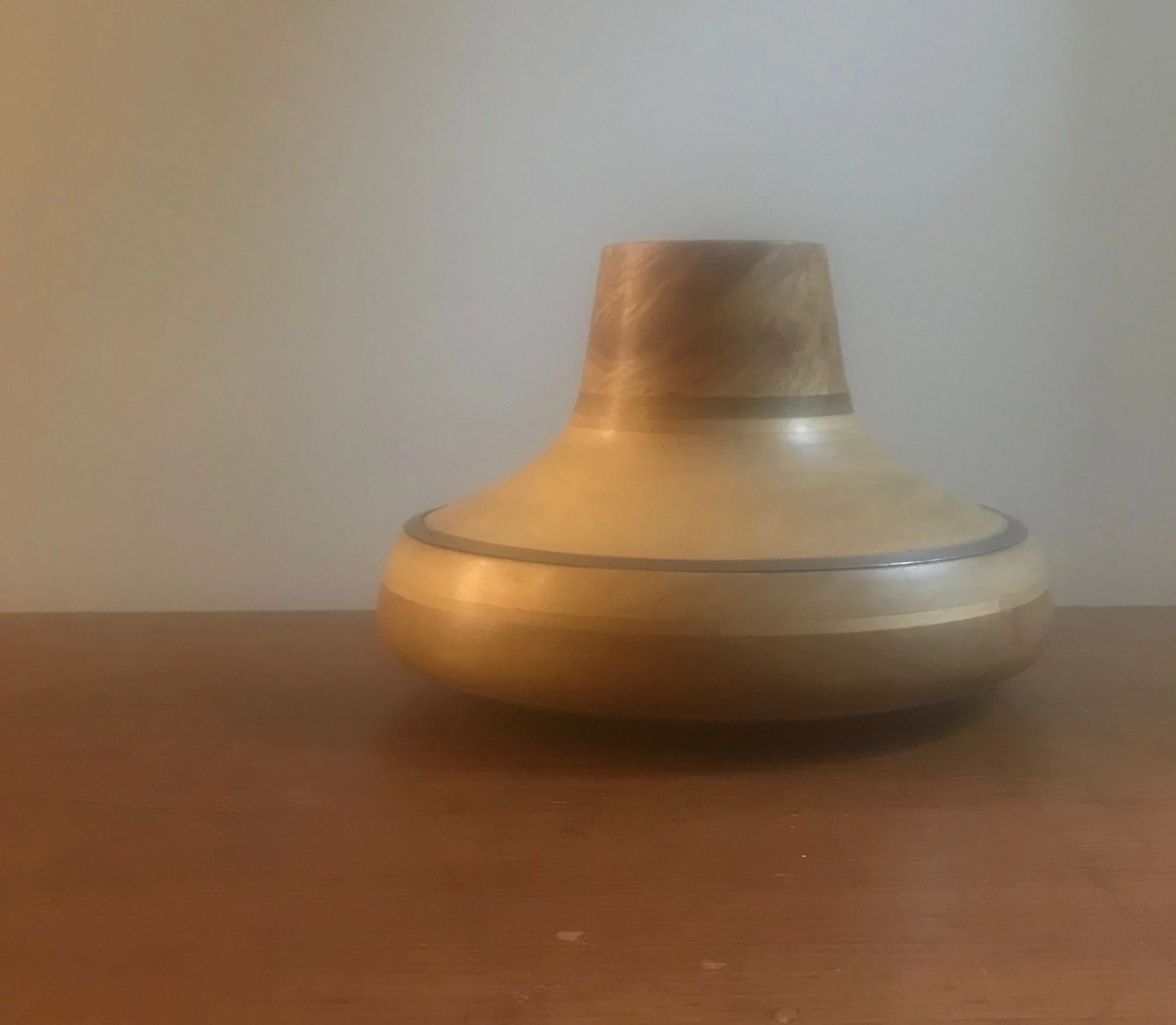There is a big difference between a house and a home. A house is a structure. A framework within which we live, and what can be seen on the exterior says little about what goes on in the interior. From the outside, a house doesn’t give away much about what happens inside the home, and like many things, it’s what’s on the inside that counts. Having sold a house a time or two (five to be more precise), I know that location matters. Some neighborhoods are more desirable than others depending on our preferences, and most of us tend to buy into the best area that we can afford. When putting a house on the market, in order to distinguish ours from others that are similar, sellers are encouraged to create street appeal for potential buyers, and to stage the inside so that they can see themselves living within its walls. But location, street appeal and staging do not a home make.
Or a life for that matter.
When I set out to write a book a few years ago, I did it because it was the next right thing to do. I was compelled to write BLUSH: Women & Wine not to become rich and famous, but to discover why I had come to depend upon wine as a coping mechanism to soften the blows of my own life, and to invite my readers to embark on their own exploration with me. Yet the temptation was there, and sometimes still is, to make the book and my work look good out in the world, rather than using the book and my work to do good out in the world. I am often more easily enticed to sign up for another course to learn how to create a more successful platform instead of standing on the platform that I have and telling the story to those ready to hear it.
It can be easy to get caught up striving to situate ourselves in the right place, be seen with the right people, and surrounded by the right stuff. We develop an image that will appeal to those we seek to impress, and stage our lives to appear accomplished and successful. There is nothing wrong with working to cast ourselves and what we have to offer in the best light, but that is exterior window dressing to the real work of shining a light inside the walls of our life. The work of coming to know ourselves and our vocation, of cultivating our gifts and honing our craft. For only when we do that will we find ourselves at home in our own life, and it is only from there that we are able to step out into the world and offer what is uniquely ours to give.
When it comes to real estate it might be about location, location, location, but when it comes to real life, it is about vocation, vocation, vocation.










